Physical Address
304 North Cardinal St.
Dorchester Center, MA 02124
Physical Address
304 North Cardinal St.
Dorchester Center, MA 02124
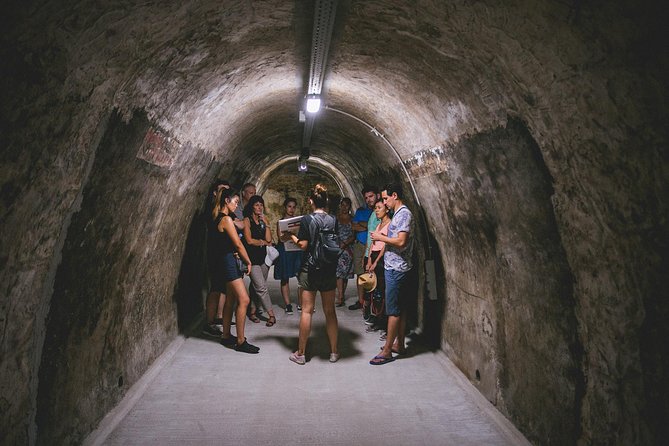
You'll be captivated by Croatia's journey from communism to independence, exploring the country's harrowing past through guided visits to WWII-era sites and multimedia presentations.
Croatia’s history has been marked by a tumultuous transition from communist rule to independence, culminating in the harrowing Croatian Homeland War. This captivating tour invites visitors to explore the country’s past, delving into the impact of wartime events through guided visits to WWII-era sites and multimedia presentations. Led by an experienced local, the tour promises a profound and eye-opening exploration of Croatia’s resilience and struggle during this transformative period, making it a must-see for history enthusiasts.
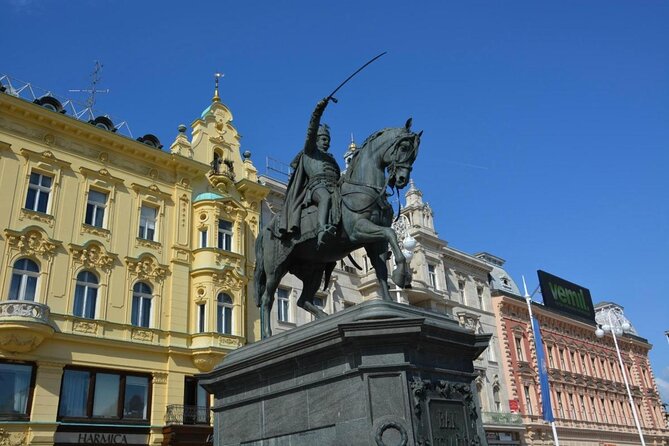
You can also read our reviews of more tours and experiences nearby.
The Communism & Croatian Homeland War Tour offers an immersive exploration of Croatia’s recent history, from the tumultuous World War II era to the country’s emergence from the breakup of Yugoslavia in the 1990s.
Based in Zagreb, the tour lasts approximately 2 hours and accommodates a maximum of 20 travelers. It’s led by a certified local guide with over 500 tours of experience, known for their engaging and informative delivery.
Participants will visit WWII-era tunnels, an authentic basement shelter, and experience a multimedia presentation on the Croatian Homeland War.
The tour isn’t wheelchair accessible but is near public transportation.
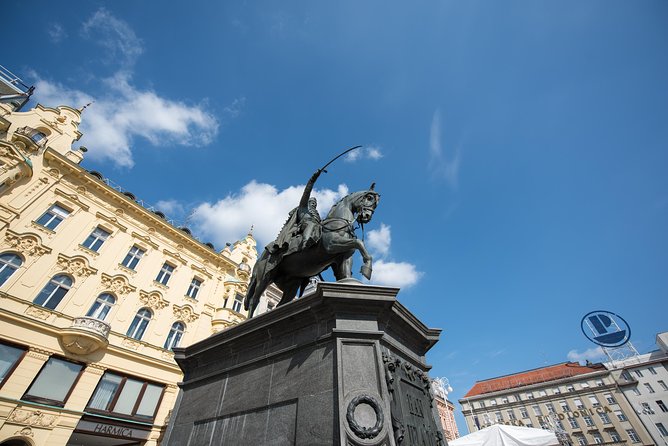
This tour allows participants to explore Croatia’s recent history, focusing on pivotal events from World War II, the Yugoslav era under Tito’s communist rule, and the Croatian Homeland War of the 1990s.
Visitors will descend into WWII-era tunnels and an authentic basement shelter, gaining a firsthand understanding of the impact of wartime bombings.
A multimedia presentation provides an immersive experience of the Croatian Homeland War, bringing the complexities of this conflict to life.
Through these historical insights, travelers come away with a deeper appreciation for Croatia’s resilience and the struggles it has overcome.
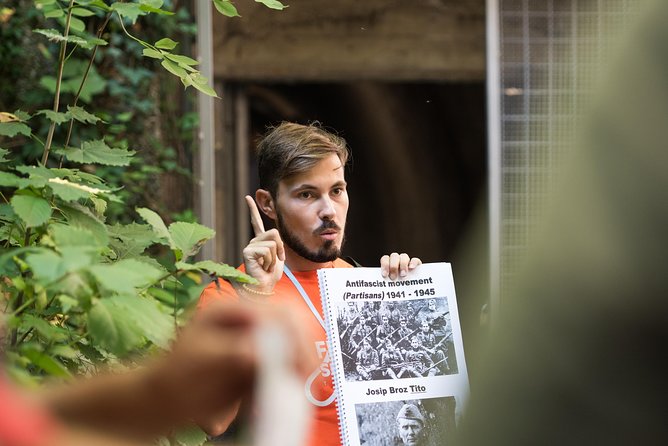
Certified local guides with over 500 tours of experience lead this experience.
They’re highly knowledgeable, engaging, and often share personal stories related to the historical events.
Reviewers highlight the guides’ ability to convey complex Croatian history in an understandable manner.
Travelers appreciate the depth of knowledge and personal anecdotes shared by the guides.
Many recommend the tour as a must-do for anyone interested in learning about Croatia’s recent past, including World War II, life under Tito’s Yugoslavia, and the Croatian Homeland War of the 1990s.
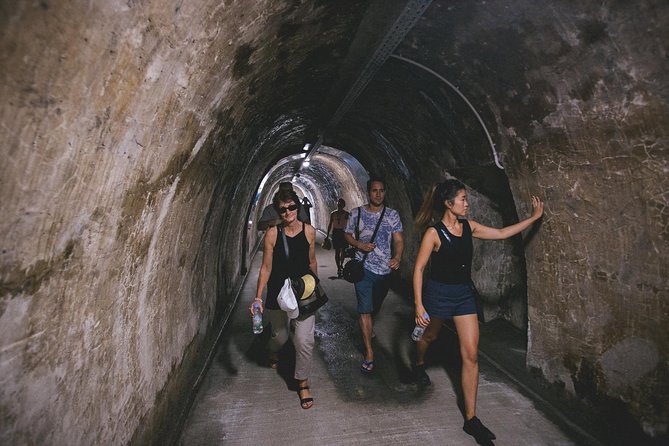
As the meeting point, travelers gather at the Ban Josip Jelačić Statue, located in Trg bana Josipa Jelačića, 10000, Zagreb, Croatia.
The tour returns to the same location at the end.
This tour offers:
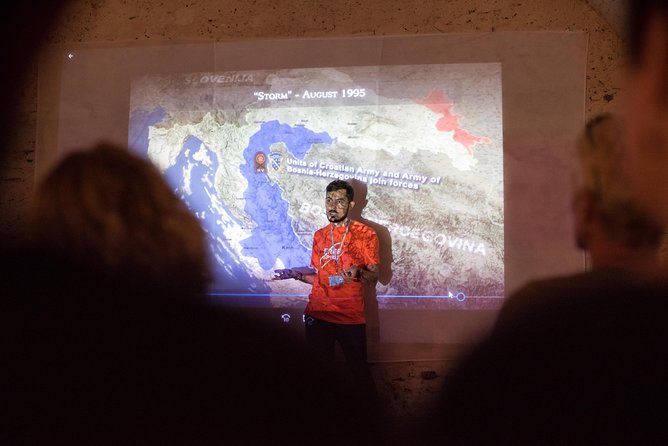
Travelers consistently rate the Communism & Croatian Homeland War Tour highly for its informative content and engaging delivery.
Reviewers appreciate the depth of knowledge and personal anecdotes shared by the experienced guides. Many recommend the tour as a must-do for anyone interested in Croatian history.
One traveler noted, "Our guide was incredibly knowledgeable and passionate about the subject matter. They brought the complex history to life in an understandable way."
Another said, "This tour provided valuable insights into Croatia’s past that are essential for understanding the country today."
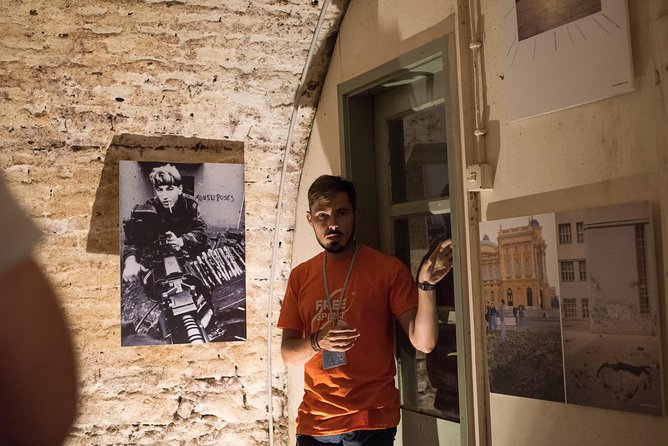
Although Croatia was part of communist Yugoslavia for decades, the country’s transition to independence in the 1990s was a pivotal moment in its history.
The 1990s Croatian Homeland War, fought for Croatia’s independence, was a defining chapter:
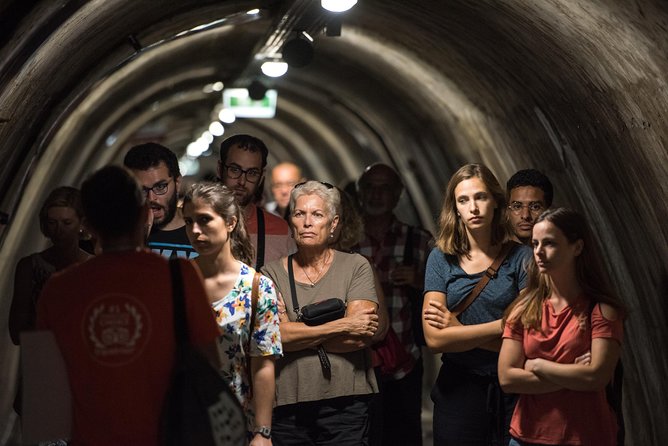
While the Croatian Homeland War ultimately resulted in the country’s independence, the conflict was marked by immense suffering and atrocities.
Ethnic cleansing, genocide, and war crimes occurred as Croatians fought against the Serb-dominated Yugoslav People’s Army. Civilians endured bombardments, forced displacement, and imprisonment in concentration camps.
Thousands were killed, with many more wounded or traumatized. The siege of Vukovar, the massacre at Škabrnja, and the Ovčara massacre were among the war’s most harrowing events.
The horrors of this period left an indelible mark on Croatia’s collective memory and shaped its path to statehood.
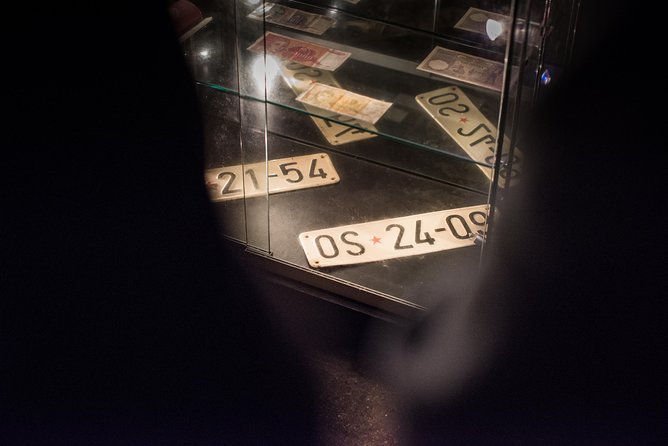
Despite the harrowing events of the Croatian Homeland War, the country has made concerted efforts to preserve the memory of this turbulent past.
The Communism & Croatian Homeland War Tour offers a unique opportunity to explore this history:
We've Also reviewed these nearby tours and experiences
Tito played a crucial role in Yugoslavia’s transition to communism. As the leader of the partisan resistance during WWII, he consolidated power and established a socialist federal republic under his authoritarian rule until his death in 1980.
Croatia’s independence movement during the Homeland War was a turbulent process. Tensions between Croatia and Yugoslavia intensified, leading to armed conflict as Croatia sought to break away from the communist-led federation. This culminated in Croatia’s successful declaration of independence in 1991.
During the Croatian Homeland War, both sides utilized a variety of weapons including small arms, artillery, armored vehicles, and air support. The Yugoslav People’s Army deployed heavy weapons while Croatian forces relied on captured weaponry and foreign aid.
The Homeland War had lasting effects on Croatian society, including social divisions, economic hardship, and a need for reconciliation. While the country emerged independent, the conflict’s scars continued to shape Croatia’s political and social landscapes for years after.
Visitors can honor the memory of those lost in the Homeland War by learning about its history, visiting memorial sites, and showing respect for the sacrifices made. The tour provides an opportunity to do so through its multimedia presentation and knowledgeable guides.
The "Communism & Croatian Homeland War Tour" offers an insightful journey through Croatia’s complex history. Participants can explore WWII-era sites, gain firsthand perspectives from an experienced guide, and explore the nation’s transition from communist rule to independence. This tour provides a poignant and immersive experience for history enthusiasts seeking to understand Croatia’s resilience and the lasting impact of its turbulent past.